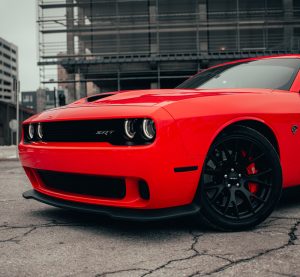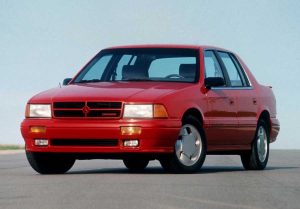Why TV Ignores the Mid-Engine Corvette

Corvette C8
A glossy new legal drama drops, and the screen fills with couture, glass towers, and mid-engine supercars—yet the Chevrolet Corvette C8 is nowhere to be seen. On Hulu’s All’s Fair, starring Kim Kardashian, Glenn Close, Naomi Watts, and Niecy Nash, the characters stride into their own law firm with immaculate power and taste. The garages are stacked with the usual suspects—European badges and exotic silhouettes. Missing in action: America’s mid-engine hero.
The absence isn’t isolated. Flip through reality franchises like The Secret Lives of Mormon Wives, The Kardashians, Selling Sunset, or The Real Housewives of Orange County and the pattern repeats. Luxury transport leans heavily on high-end SUVs—Rolls-Royce Cullinan, Land Rover Range Rover, Mercedes-Benz G-Wagen—and, when the cast moves in packs, a plush Mercedes Sprinter conversion van. Performance cars do make cameos. But across hours of screen time, the C8 Corvette seems to sit out the spotlight.
2025 Mercedes-Benz G 550 (Photo courtesy of Mercedes-Benz)
There’s an obvious starting point: product placement. Television is a business of partnerships, and the vehicles you see are often the result of deliberate deals. European luxury brands have long invested in shaping on-screen identity, aligning their cars with characters who project power, discretion, or edge. If those contracts are in place—or those images are already baked into a showrunner’s imagination—the Corvette rarely gets the invitation.
Beyond the business, culture plays its part.
Made in the USA
To millions of American enthusiasts, the C8 is deeply aspirational. It is beautiful, ferociously capable, and—especially in shades like Arctic White with Adrenaline Red leather—instantly arresting. Yet familiarity dulls mystique. The Corvette is woven into the national car story. Viewers recognize it; they may have grown up seeing one in the neighborhood, or at Cars and Coffee every month. European exotics, by contrast, retain an aura of distance and otherness—the “I made it” shorthand that television loves to telegraph in a single establishing shot.
2026 Chevrolet Corvette Stingray Convertible (Photo courtesy of Chevrolet)
Strength as perceived weakness
The Corvette’s superpower has always been value. It delivers supercar thrills for a fraction of the price. That’s great news for buyers; it’s trickier for prestige-driven storytelling. On certain shows, the fantasy isn’t just about speed or style—it’s about spending. Luxury, in that context, functions as a signal of surplus, not savvy. A car celebrated as a smart buy can feel less suited to scenes built to purr, “money is no object.” Even when the Corvette matches rivals on performance, it is still coded—rightly or wrongly—as the rational choice. Fantasy prefers the extravagant one.
The weight of history
For more than six decades, the Corvette’s identity was front-engine, pushrod V8, and proudly American. The C8’s pivot to a mid-engine layout finally aligned its architecture with European exotica, and its performance and design followed suit. Yet cultural reputations move slower than engineering teams. The “Vette” many viewers grew up with had a reputation—sometimes earned, sometimes overstated—for bargain interiors and brash styling. The new car is an entirely different proposition, but first impressions formed in adolescence often fossilize. If you were born in 1980, you spent your first 40 automotive years in the front-engine Corvette era. Updating that mental file takes time.
2020 Chevrolet Corvette Stingray (Photo courtesy of Chevrolet)
Audience and age matter, too. Many of the personalities fronting reality empires forged their tastes alongside image-defining European brands. To change that reflex, the Corvette would need not just excellence—which it has—but also a fresh myth. The C8 is building it on track and on the street. Television, however, tends to chase established symbols, not create them.
It’s worth acknowledging that shows filled with mid-engine cars still lean European even when the Corvette checks every box: drama in the sheetmetal, charisma on camera, and genuine performance pedigree. That suggests the choice is less about capability and more about narrative shorthand. A Bentley signals old-world money. A Lamborghini screams spectacle. A G-Wagen nods to status cloaked as utility. The Corvette signals something different: earned performance, American ingenuity, a great deal. For many viewers—and for producers cultivating a certain fantasy—that message lands just outside the story.
None of this diminishes what the C8 has achieved. Quite the opposite: its absence on screen underscores how powerful cultural codes can be, even when they lag behind reality. The Corvette moved its engine. It reinvented its driving experience. It sharpened its craft. Now it’s slowly reshaping its image, one owner, one lap time, one head-turn at a stoplight at a time.
Have you noticed the same thing—mid-engine everywhere, but no C8? Why do you think the Corvette remains an off-camera star? Share your theory; culture changes faster when we talk about it.
Protect your Corvette with a custom car cover from Cover Company.






